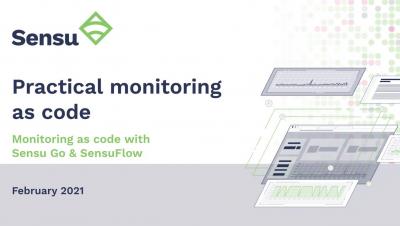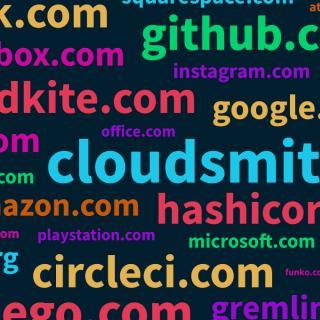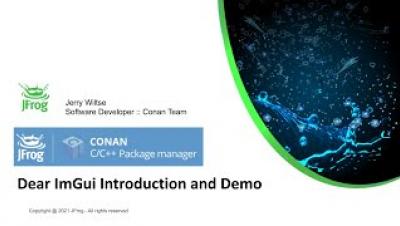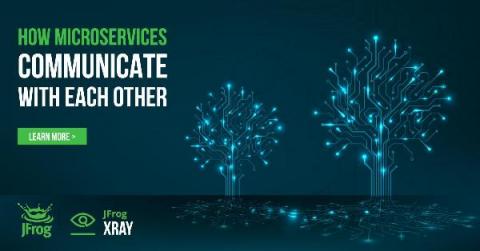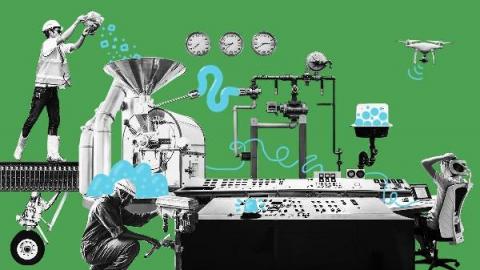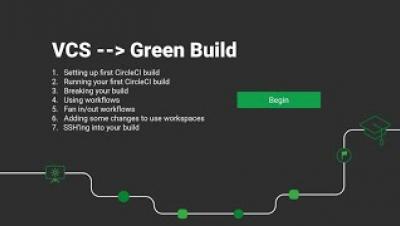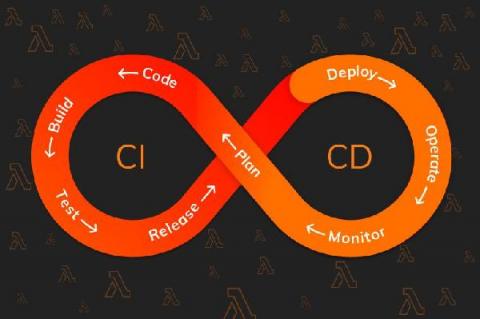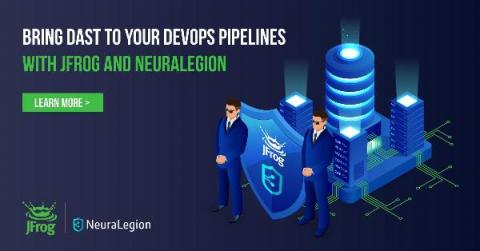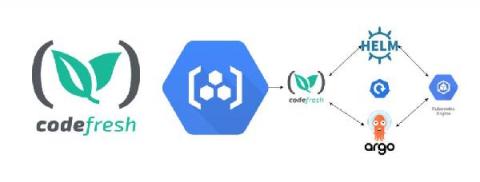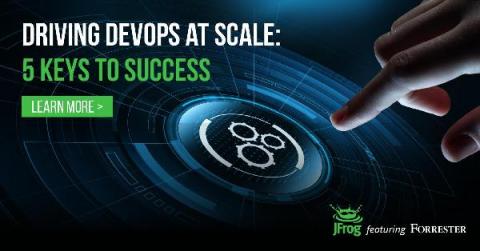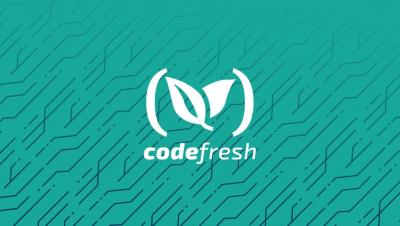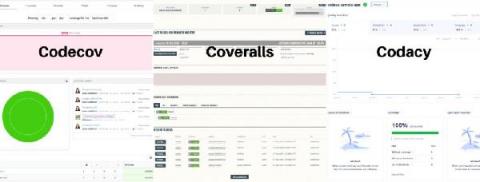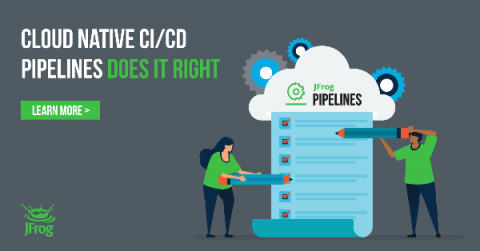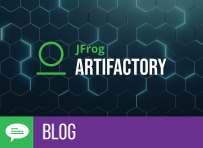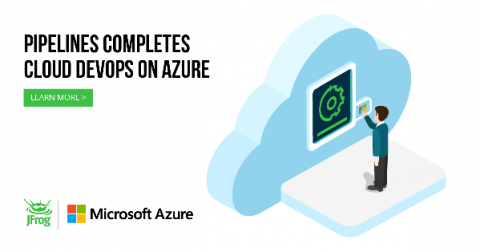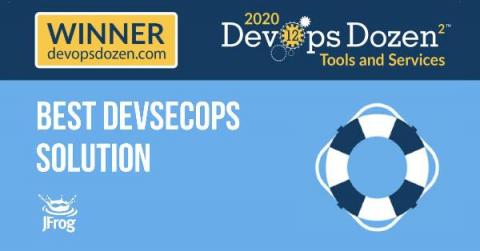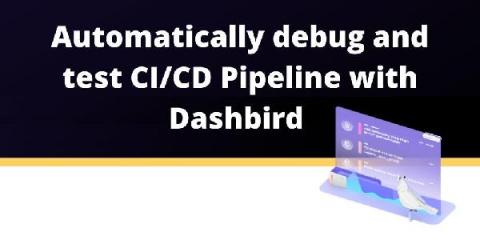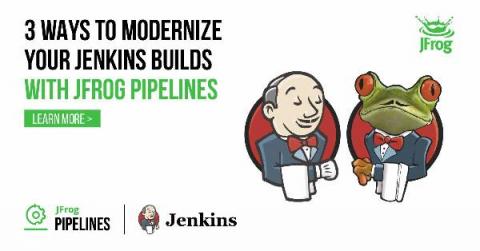Operations | Monitoring | ITSM | DevOps | Cloud
February 2021
Lesson 5: Version your Kubernetes manifests WITH Helm charts
Lesson 6: Don't replicate steps, create reusable pipelines!
Getting Started with Helm and Cloudsmith
Build Trust with a Custom Domain
Security in software is now everyone’s problem. We can no longer simply rely on InfoSec teams or your equivalent Gary “he-likes-security” to handle security-related processes and issues. All software, tools, infrastructure, and services need to be trusted. It is important to us at Cloudsmith to provide you with the ability to build that trust within your teams or with your customers. Cloudsmith allows you to use your own domain name for your repositories.
Webinar: Making CI/CD Work with Serverless
Introduction to the ImGui C++ Library with Conan
Should We Template or Patch Kubernetes Manifests? ][#Helm vs #Kustomize side by side comparison]
6 Surprising insights from the 2020 Python survey to make you a better dev
Microservices Asynchronous Communication and Messaging | JFrog Xray
The path to production: how and where to segregate test environments
Bringing a new tool into an organization is no small task. Adopting a CI/CD tool, or any other tool should follow a period of research, analysis and alignment within your organization. In my last post, I explained how the precursor to any successful tool adoption is about people: alignment on purpose, getting some “before” metrics to support your assessment, and setting expectations appropriately.
Using the CircleCI API to build a deployment summary dashboard
The CircleCI API provides a gateway for developers to retrieve detailed information about their pipelines, projects, and workflows, including which users are triggering the pipelines. This gives developers great control over their CI/CD process by supplying endpoints that can be called to fetch information and trigger processes remotely from the user’s applications or automation systems.
What is CircleCI?
How to get your first green build on CircleCI
Is my CI pipeline vulnerable?
Your continuous integration (CI) pipelines are at the core of the change management process for your applications. When set up correctly, the CI pipeline can automate many manual tasks to ensure that your application and the environments it runs in are consistent and repeatable. This pipeline can be an integral part of your security strategy if you use it to scan applications, containers, and infrastructure configuration for vulnerabilities.
JFrog Platform on AWS
Run private cloud and on-premises jobs with CircleCI runner
CircleCI has released a new feature called CircleCI runner. The runner feature augments and extends the CircleCI platform capabilities and enables developers to diversify their build/workload environments. Diversifying build environments satisfies some of the specific edge cases mentioned in our CircleCI runner announcement.
Making CI/CD work with serverless
“Serverless computing is a cloud-computing execution model in which the cloud provider runs the server, and dynamically manages the allocation of machine resources. Pricing is based on the actual amount of resources consumed by an application.” — “Serverless Computing”, Wikipedia This mundane description of serverless is perhaps an understatement of one of the major shifts in recent years.
Surviving the disaster: How to identify bugs immediately & get back on track w/ Codefresh & Rookout
JFrog CLI Plugin: build-report
Introducing private orbs, from CircleCI
How to author a private orb on CircleCI
GitHub vs JFrog: Who Can do the Job for DevOps?
Automate DAST in DevSecOps With JFrog and NeuraLegion
Automated browser tests EXPLAINED in code
JFrog Pipelines for Shippable Customers
Live Debug Your CI/CD Pipeline: Codefresh Quick Bites
All Developers Need Is a Browser - How to be more productive by having less
Get Unlimited Container Pulls from Docker Hub with JFrog Cloud
Your Software Is Secure Until It's Not: An Informal And Unscripted Chat On DevSecOps
CircleCI 101: Automate your development process quickly, safely, and at scale
Using Google Container Registry To Invoke Codefresh Pipelines
If you are using a CI/CD tool, you likely are already familiar with workflows. Generally, workflows are a set of tasks, activities or processes that happen within a specific order. Within Codefresh, a popular workflow is to trigger Codefresh pipelines from Docker image push events. This moves the workflow forward from Continuous Integration to Continuous Deployment. Images can be promoted from one environment to the other through a variety of ways.
Enterprise DevOps: 5 Keys to Success with DevOps at Scale
Accelerate Your Container Adoption with VMware Tanzu Build Service 1.1
Building containers securely, reliably, and consistently at scale is a daunting task. Yet, it’s an imperative for organizations embracing the rapid delivery of high-quality software. This is the scenario addressed by VMware Tanzu Build Service, which can help any enterprise IT group build and update containers automatically. And it’s flexible enough to slot right into any incumbent CI/CD toolchain.
Codefresh - Platform Overview
Comparison: Code Analysis Tools
Code analysis tools are essential to gain an overview and understanding of the quality of your code. This post is going to cover the following While these tools target similar use cases, they differ in their implementation, ease of use, and documentation just to name a few. This post provides an overview of each tool as well as a detailed comparison to help analyse and decide which tool is best suited for your needs.
Cloud Native CI/CD: The Ultimate Checklist
What is Codefresh? Platform Overview
Ivanti : Automate Your App Release Pipeline with Incapptic Connect
CircleCI Keeps Resilient Teams Ready
Yet Another Case for Using Exclude Patterns in Remote Repositories: Namespace Shadowing Attack
GitOps Dashboard Overview: Codefresh Quick Bites
Lesson 3: Don't Couple your Application to Kubernetes Resources
Effective CI/CD with Github and the JFrog Platform
Air Gap Distribution in 3 Steps
Pipelines CI/CD Completes Cloud DevOps on Azure
Welcome To The Show - The Bintray Replacement
It’s finally happened. After months of whispers, JFrog have announced the sunsetting date for Bintray - their distribution add-on to their long-standing on-premises Artifactory product. It’s officially shutting down on May 1, 2021. Cloudsmith is a direct replacement for Bintray. And Artifactory. And their X-Ray product. Don’t get us wrong - JFrog has achieved a lot over the years and we would never publicly speak out against them.
Into the Sunset on May 1st: Bintray, JCenter, GoCenter, and ChartCenter
Standups: Don't be THAT dev
Jira Cloud Integration for Artifactory
Best DevSecOps Solution: DevOps Dozen 2020 Honors JFrog Xray
Automatically debug and test CI/CD Pipeline with Dashbird
In this article, we will build a CI/CD pipeline with the AWS Cloud Development Kit (CDK) and debug a test it using Dashbird’s observability tool. In 2021, continuous integration and continuous delivery, or short CI/CD, should be part of every modern software development process. It helps deliver new features and bug fixes much faster.


